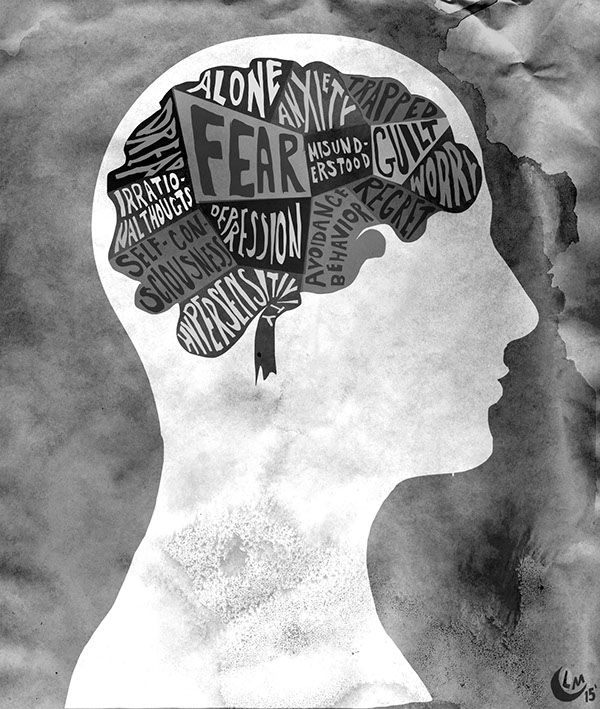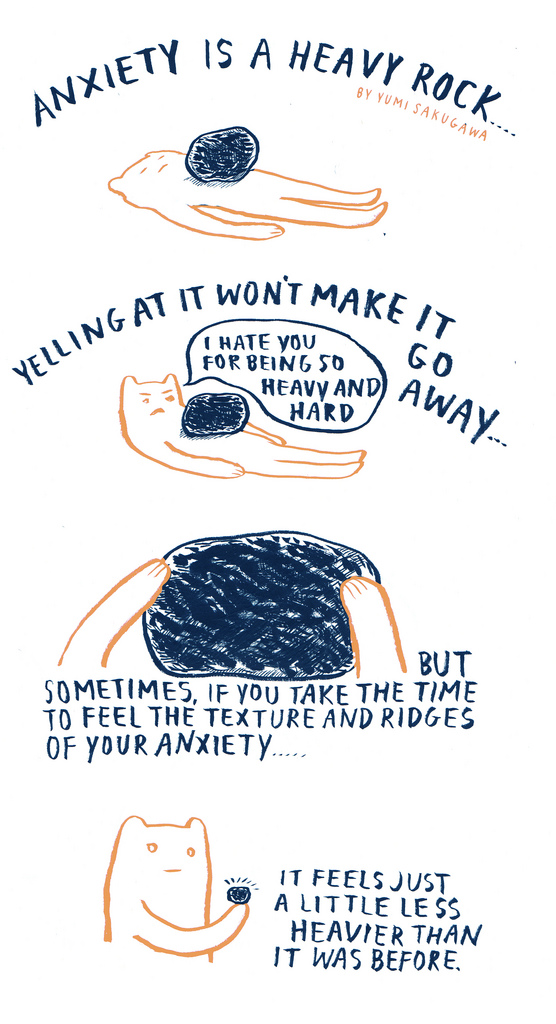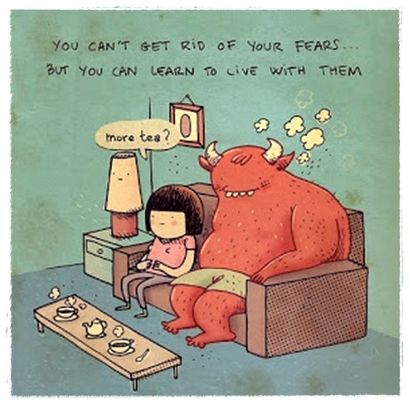Anxiety Therapy at InPsyche Journeys
What is Anxiety?
Anxiety is a natural emotional experience that our body, brain and mind are designed to have. Just like how the range of emotions that we experience day to day acts like a messenger, anxiety conveys to us that we need to be alert towards something or to gear us up for something. For example, anxiety helps us to move away from a ferocious dog chasing after us, or to drive us to put in those extra hours of work for an important exam or deadline.
The catch is, anxiety can start to pose as a problem when our brain, body and mind start to raise the alert for Anxiety, even during neutral, non-threatening events. As a result, people in these situations commonly experience much higher levels of anxiety and other characteristic symptoms than usual, which can go on to become a mental health condition if prolonged and untreated.
Some Common Contributing Factors Towards Heightened Anxiety Responses:
a) Biological factors – Temperament that is associated with a lower threshold for anxiety, e,g. extreme shyness),
b) Psychosocial factors, e.g.
– Past adverse or traumatising events – more easily alerted to seeming threats
– Difficulties with social situations (could be a mix of temperament and/or other past adverse events)
c) Others
– Phobias – irrational, unexplainable fear of certain situations, animals/insects or things
– Anxiety that occurs as part of/together with other mental health conditions

Types of Anxiety Disorders
Anxiety-related conditions can manifest in the following ways:
• Panic disorder
– Experience of panic attacks and fear of continued panic attacks.
– A person experiencing panic attacks commonly experiences a variety of thoughts (e.g. about doom, death or lack of escape from the anxiety-inducing situation), bodily sensations (e.g. increased heart rate, shortness of breath, increased sweating, clammy hands, faintness, trembling) and emotions (e.g. fear, anxiety)
• Generalised anxiety disorder
Persistent and excessive worry about a broad range of situations
• Social anxiety disorder
High levels of fear and worry about social situations that might make the person feel humiliated, embarrassed or rejected
• Agoraphobia
Excessive fear, worry and avoidance of situations that might cause a person to panic or feel trapped, helpless or embarrassed (e.g. fear of enclosed spaced)
• Separation anxiety disorder
Excessive fear or worry about being separated from people with whom the person has a deep emotional bond
• Specific phobias
Intense, unexplainable, irrational fears of specific things, animals, situations
• Selective Mutism
Consistent inability to speak in certain social situations, despite the ability to speak comfortably in other settings, primarily affecting children
Common Symptoms of Anxiety
Thoughts & Emotions
– Associated with doom, death, lack of escape, and resultant fear as well as anxiety (common in Panic Disorder and/or Agorapobia
– Repeated loops of thoughts associated with worry, fear, anxiety about a wide range of things in daily living (common in Generalised Anxiety Disorder)
– Associated with others’ evaluation or perception of oneself, often carrying themes such as perceived rejection, poor popularity, poor performance, not being good enough and resultant fear as well as anxiety (common in Social Anxiety)
Bodily Sensations
– Increased heart rate – Shortness of breath
– Increased sweating, clammy palms
– Feelings of faintness, lightheadedness
– Trembling, shaking
Cognitive
– Difficulties with focusing, concentrating
– Memory difficulties
Behaviours
– Avoidance of the anxiety-inducing situations in question (e.g. school refusal, withdrawal from social interactions)

Anxiety Therapy: How I Work with Clients With Anxiety at InPsyche Journey
As with all clients, I work with the client to get an idea of what they need more immediately in a particular session, or at a specific point in their lives, while keeping in mind the larger picture of the issues that had brought them to therapy and to work on those gradually.
For clients with high levels of anxiety, learning basic skills to cope with the often overwhelming levels of anxiety is a common first step. I often draw on Mindfulness-based interventions to help clients learn skills to become more comfortable with acknowledging the difficult thoughts, emotions and bodily sensations related to anxiety that they are experiencing. Therapy can also help clients to face anxiety-inducing situations gradually, instead of through avoidance (e.g. Exposure and Response Prevention).
Depending on the types of issues that each client has, anxiety therapy can move towards helping clients to address deeper, underlying issues which are uncovered along the way and are contributing to the high levels of anxiety.
